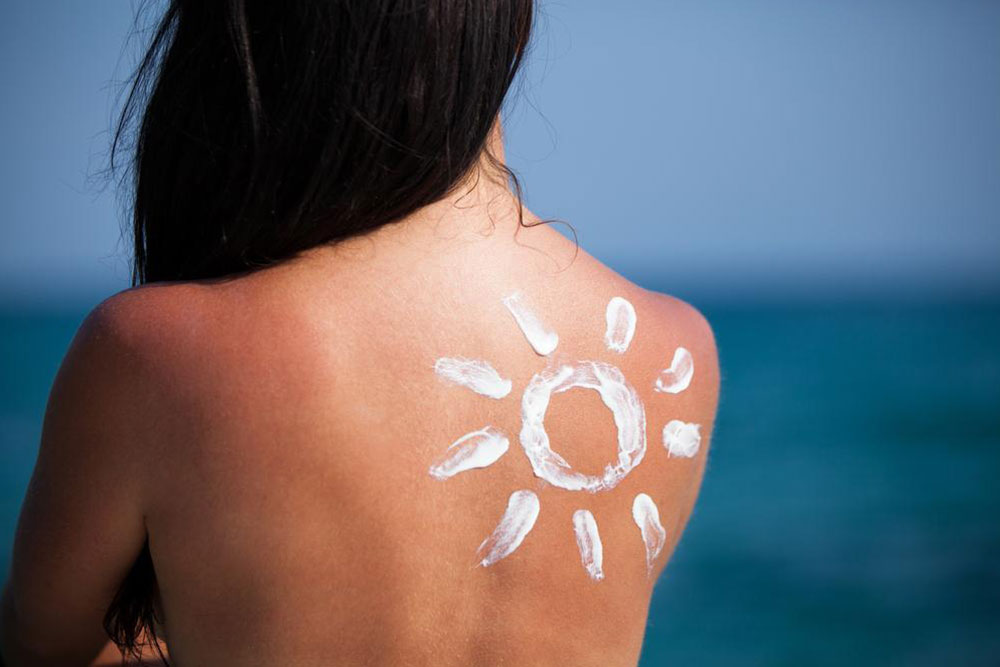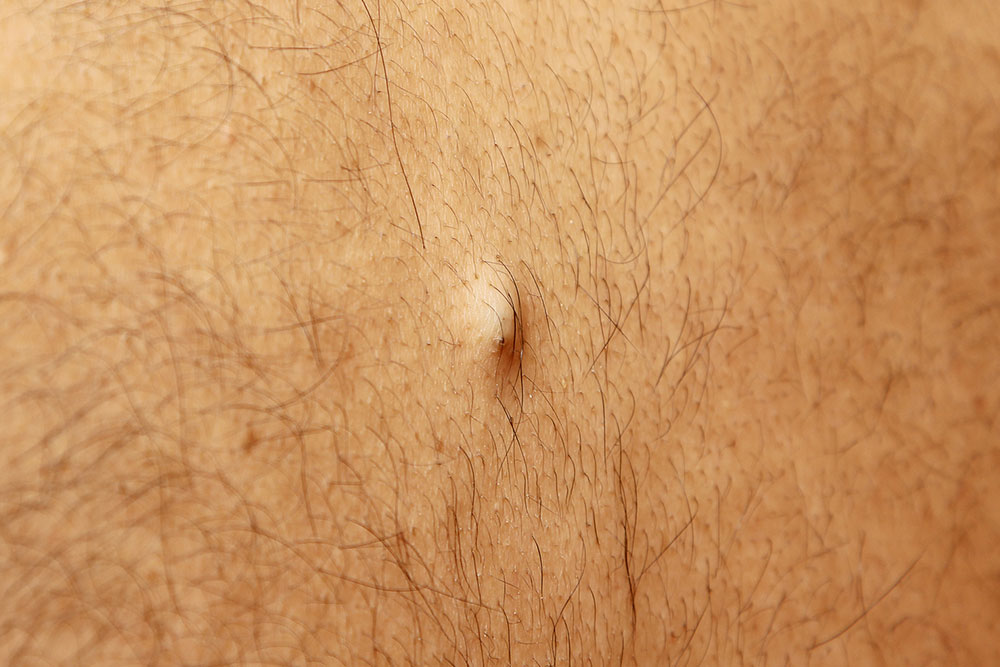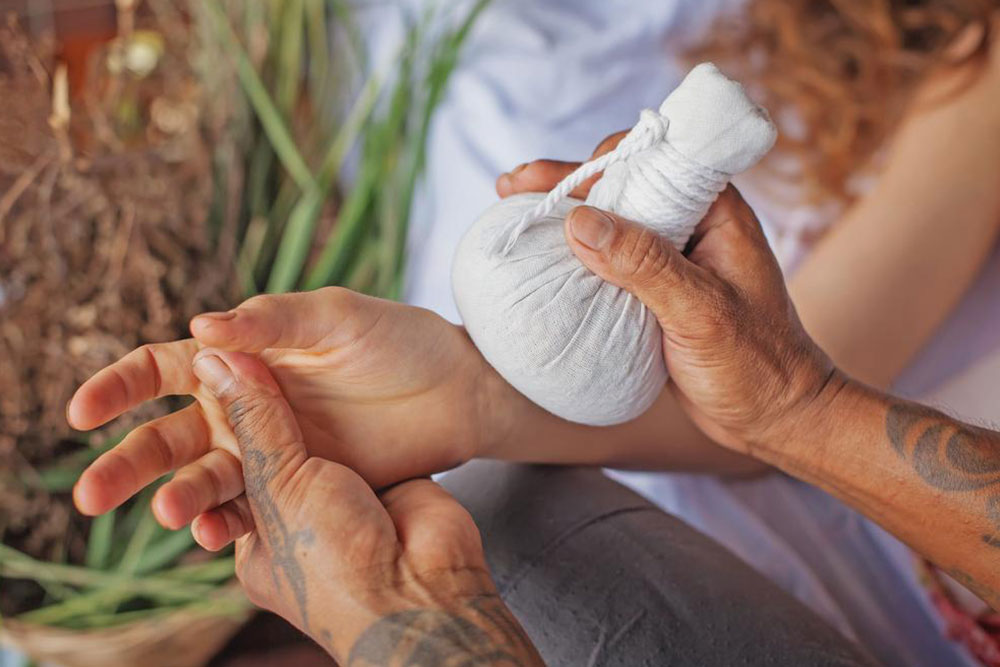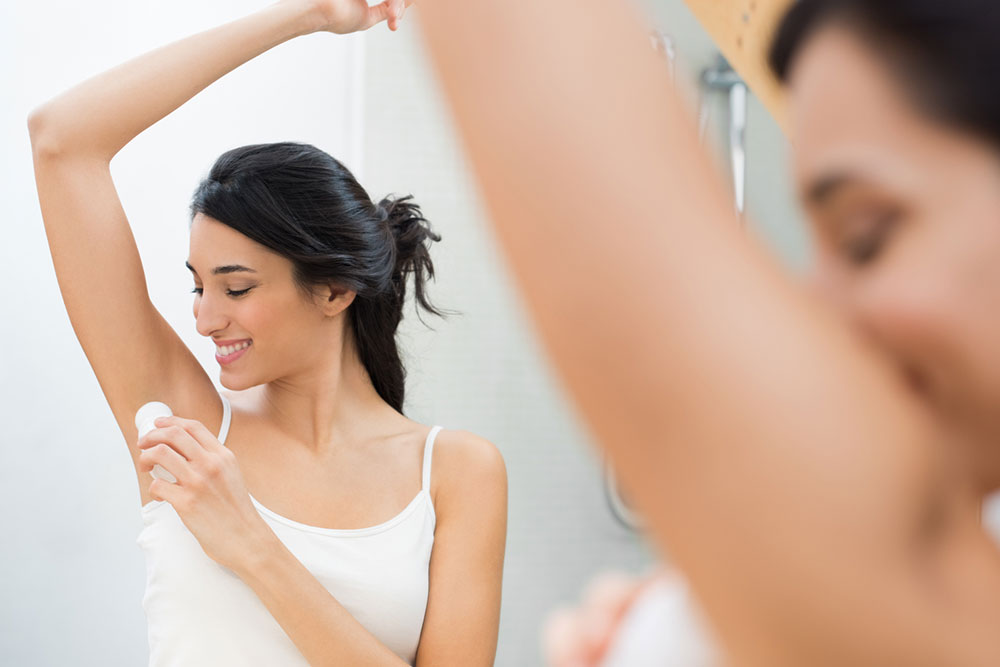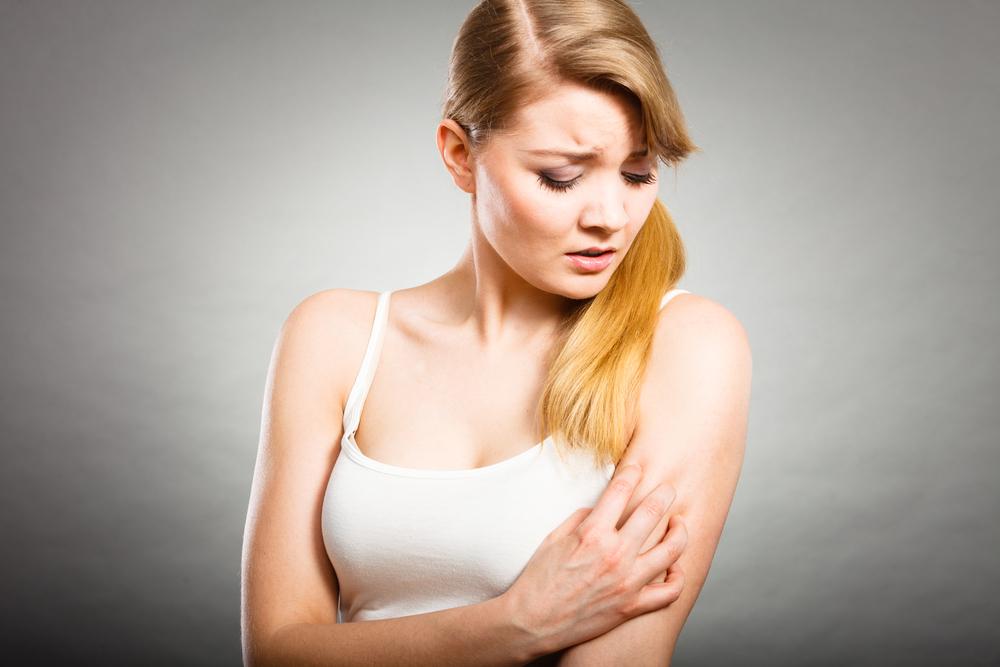Understanding Heat Rash: Causes, Symptoms, and Remedies
Heat rash, also called Miliaria, manifests as red or pink skin irritation caused by blocked sweat ducts. It commonly appears in hot, humid conditions and affects both infants and adults. Symptoms include tiny pimples, redness, and itchiness on areas like the neck, face, and body folds. Preventive measures include appropriate clothing and skin care, while treatment primarily involves cooling and keeping the skin dry. Recognizing symptoms early and maintaining proper hygiene can help manage and prevent heat rash effectively, avoiding complications in hot weather scenarios.
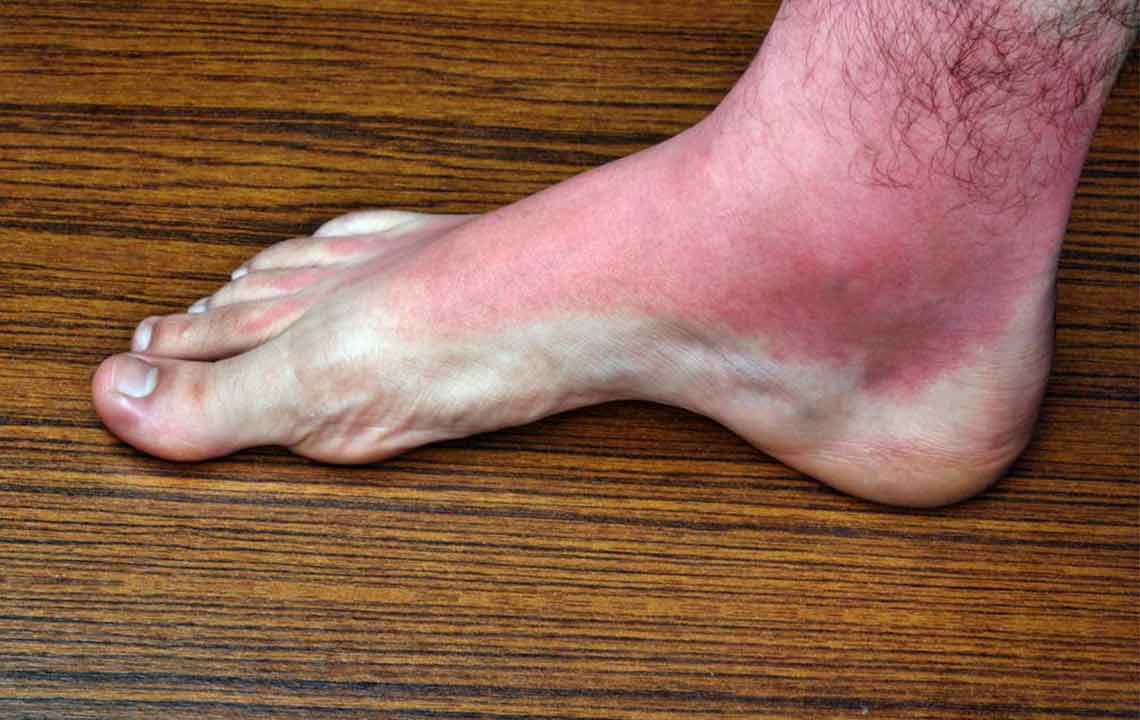
Understanding Heat Rash: Causes, Symptoms, and Remedies
Heat rash, characterized by red or pink skin irritation, often appears on areas covered by clothing. It results from sweat ducts becoming blocked and inflamed, leading to itching and discomfort.
While infants are more susceptible, adults can also develop heat rash in hot and humid conditions. Medically termed Miliaria, it manifests as small, pink bumps mainly on the face, neck, and other body parts.
Miliaria is divided into three types:
Miliaria Crystallina: The mildest form, with non-itchy, painless clear bumps.
Miliaria Rubra: Red, itchy bumps visible on the skin’s surface, common in both babies and adults. They form deep within the skin but appear on the surface.
Miliaria Profunda: A rare, deeper form affecting adults after repeated rashes, leading to larger, raised red bumps.
What causes heat rash?
Excessively warm clothing and hot weather cause sweat glands to trap sweat, leading to irritation and rashes. To prevent this, dress appropriately for the climate, allowing skin to breathe. Rinsing off sweat with water and mild soap helps avoid blockages.
Symptoms of heat rash
Tiny pimples or dots near sweat entry points.
Red or pink patches that may worsen without treatment.
Deeper rashes cause more itching and larger red bumps.
Heat rash can occur on areas like the neck, face, abdomen, back, groin, buttocks, under the breasts, and elbow folds. Rubbing against clothes can increase discomfort or lead to infection.
Diagnosing heat rash
Usually identified visually, but if it persists beyond a few days or worsens, seek medical advice. Watch for signs like increased redness, swelling, pain, pus, swollen lymph nodes, or fever, which may indicate an infection requiring professional care.
Who is at risk?
Anyone in hot environments can develop heat rash, but those most prone include infants, young children, athletes, overweight individuals, bedridden patients, military personnel, and people with decreased sweating capacity.
Remedies for heat rash
Loosen or remove clothing to cool the skin.
Let the rash air dry naturally—avoid rubbing with towels.
Do not apply ointments or lotions to rash areas, as they may worsen irritation.
Prevention tips
Dress in lightweight, breathable fabrics, avoiding multiple layers in hot weather.
Keep skin dry and cool, especially in sleeping areas.
Use water-based sunscreens that allow skin to breathe instead of heavy lotions blocking sweat glands.
Most heat rashes resolve naturally within a day or two, especially if staying in cooler environments. Proper skin care and clothing choices help prevent discomfort and complications.


